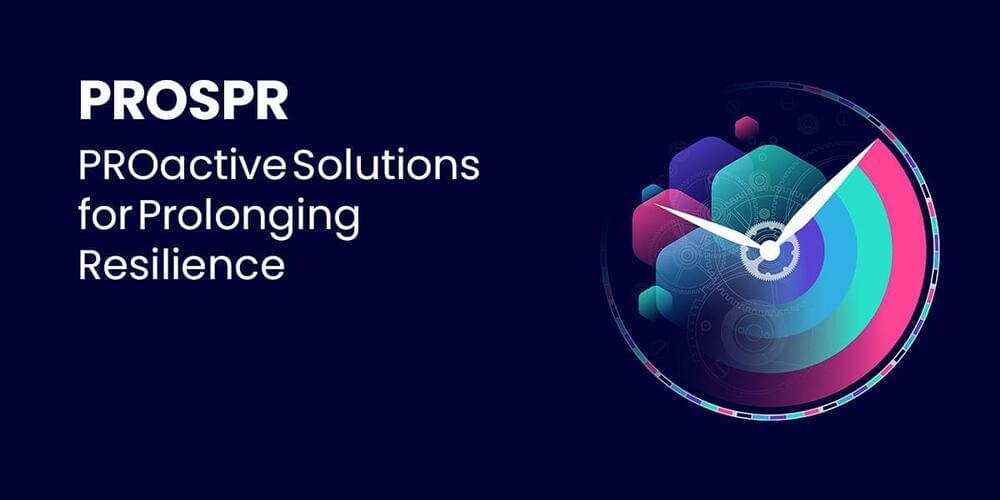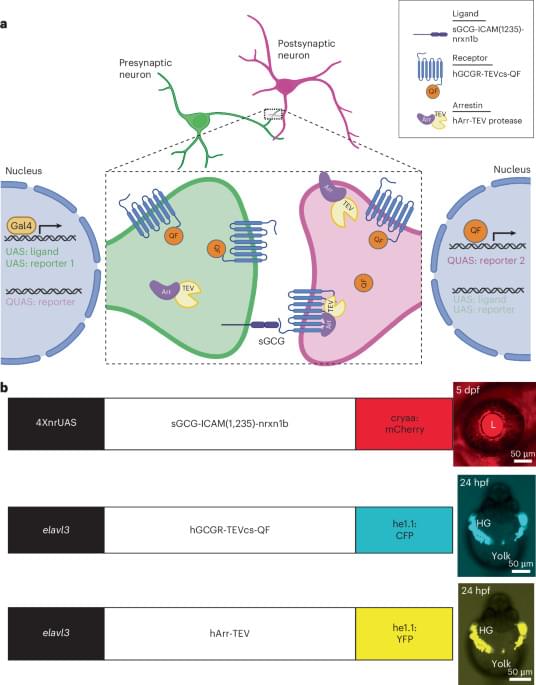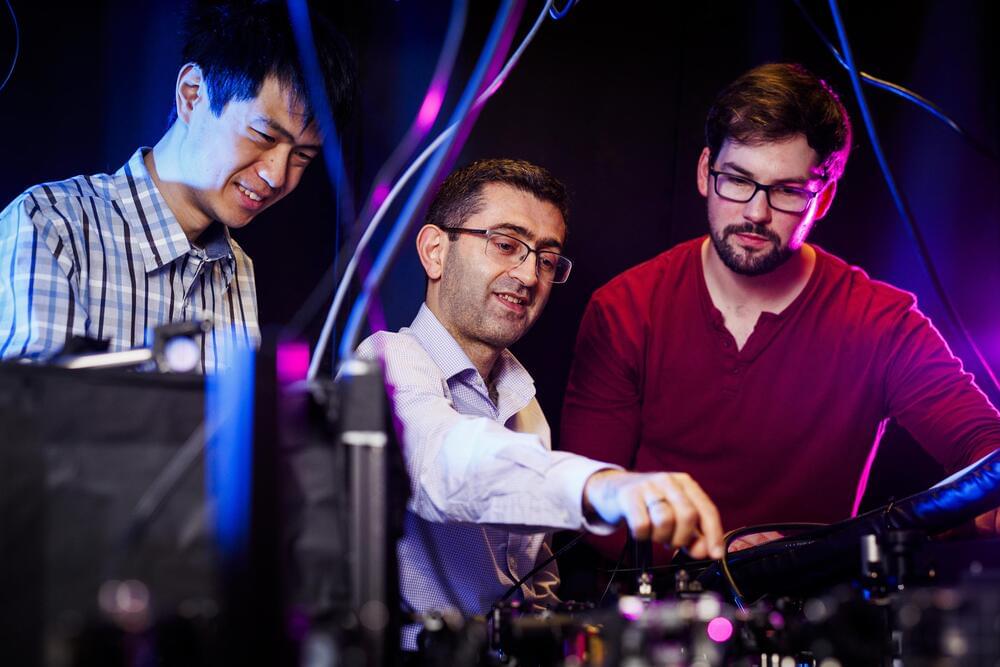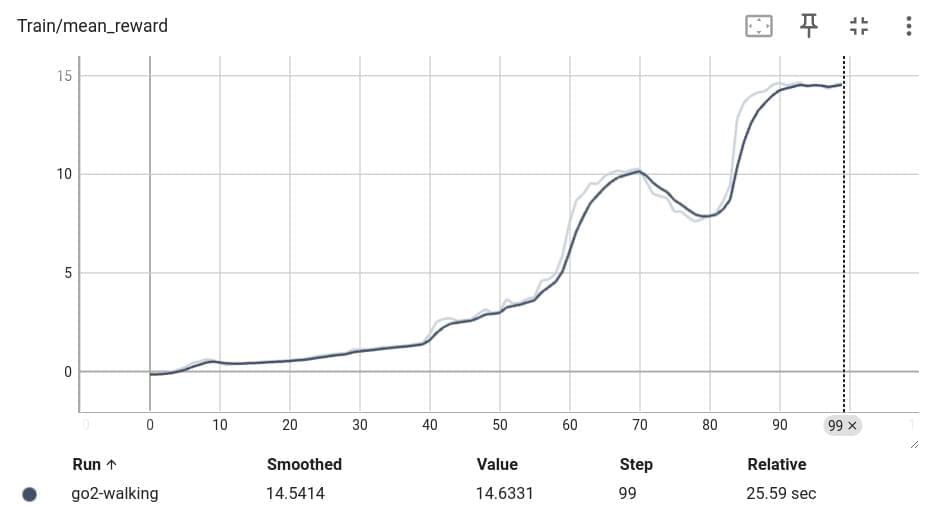Quantum trickery is improving the resolution of X-ray images while reducing the radiation dose, say scientists.


Summary: Researchers identified variants in the DDX53 gene, located on the X chromosome, as contributors to autism spectrum disorder (ASD). These genetic variants, found predominantly in males, provide critical insights into the biological mechanisms behind autism’s male predominance.
The study also uncovered another potential gene, PTCHD1-AS, near DDX53, linked to autism, emphasizing the complexity of ASD’s genetic architecture. This research highlights the importance of the X chromosome in ASD and opens avenues for more precise diagnostics and therapeutics.
The findings challenge current models, urging a re-evaluation of how autism is studied. These discoveries mark a significant step in understanding the genetic underpinnings of autism.
Researchers have found evidence of a theorized quantum phenomenon, quantum spin liquid, in a material called pyrochlore cerium stannate.

Internal emails from the Therapeutic Goods Administration (TGA) reveal that the regulator withheld knowledge of DNA contamination risks relating to the modRNA vaccines from the public, presenting a picture of certainty on safety where there is none.
Released under Freedom of Information (FOI), the cache of emails shows that high-level TGA staff knew elements of the modRNA vaccines can enter the cell nucleus and integrate into the genome, despite the agency’s official line that such events are not possible.
However, TGA personnel appear more preoccupied with “allaying fears in the public” than with investigating the potential risks.


The Advanced Research Projects Agency for Health (ARPA-H), an agency within the U.S. Department of Health and Human Services (HHS) announced a new funding opportunity through the launch of the PROactive Solutions for Prolonging Resilience, or PROSPR, program. The big question that drives the program is, “What if we had therapies to extend healthspan and prevent the onset of age-related diseases?”
ARPA-H PROSPR Program Manager Andrew Brack, Ph.D., says, “the ultimate goal is to extend healthspan—meaning the number of years aging adults live healthy lives and enjoy overall well-being by compressing the frailty and disability that comes with aging, into a shorter duration of time near the end of life.” The PROSPR program builds on foundational work by the National Institute of Aging and will work with industry and regulators to accelerate the testing and availability of new therapeutics targeted at healthspan.
This commitment by ARPA-H is not only an investment in national health, but an impactful economic investment. The number of people 65 and older accounts for 18% of the U.S. population and is projected to increase to 23% by 2054. Considering their increased care needs relative to younger ages, health care costs will increase by 75% if nothing is done to prevent the progressive loss of physical functioning during aging, according to a Pew Research Center Study. It is estimated that increasing the average American healthspan would lessen health care costs due to a combination of fewer medical needs, less reliance on assistance by others, and increased potential for individuals and their family caregivers to remain in the workforce. Because of these and other factors, it is estimated that extending healthspan by one year in only 10 percent of the aging population would reduce costs of U.S.


A UCLA study found that a diet low in omega-6 and high in omega-3 fatty acids, along with fish oil supplements, can significantly slow the growth of prostate cancer cells in men opting for active surveillance, potentially reducing the need for future aggressive treatments.
Researchers from UCLA Health Jonsson Comprehensive Cancer Center have found new evidence that dietary changes may slow cancer cell growth in men with prostate cancer undergoing active surveillance—a treatment approach that involves closely monitoring the cancer without immediate medical intervention.
Prostate Cancer and Dietary Intervention.

Physicists have created a new and long-lasting magnetic state in a material, using only light. They used a terahertz laser to stimulate atoms in antiferromagnetic materials, which could advance information processing and memory chip technology.
Lighting Up Hidden Magnetism with Terahertz Pulses: A New Frontier in Quantum Materials.
Imagine being able to control the magnetic properties of materials with flashes of light, unlocking states that last long after the light disappears. This groundbreaking approach to quantum materials is at the forefront of condensed-matter physics, offering tantalizing possibilities for future technologies.
In a recent study, researchers discovered a way to create a long-lived magnetic state in the layered material FePS₃ using terahertz light pulses. Typically, materials return to their original state almost immediately after light-induced changes. However, in this case, the induced magnetization persists for over 2.5 milliseconds—an eternity in the quantum world.
The key lies in the material’s proximity to a critical point—its antiferromagnetic transition temperature, where the usual magnetic order starts to fluctuate dramatically. These fluctuations, akin to a system in delicate balance, seem to amplify the material’s response to light, stabilizing the new magnetic state.
By combining advanced computational methods with experiments, the researchers identified that terahertz light excites specific atomic vibrations, subtly shifting interactions between magnetic atoms. Near the critical temperature, these shifts create conditions favoring a stable, magnetized state.
This discovery isn’t just about extending magnetism’s lifespan; it opens the door to manipulating quantum materials in entirely new ways. Regions near critical points, where order teeters on the edge of chaos, could harbor hidden “metastable” states—potentially leading to breakthroughs in memory devices, sensors, and beyond.

Genesis supports parallel simulation, making it ideal for training reinforcement learning (RL) locomotion policies efficiently. In this tutorial, we will walk you through a complete training example for obtaining a basic locomotion policy that enables a Unitree Go2 Robot to walk. With Genesis, you will be able to train a locomotion policy that’s deployable in real-world in less than 26 seconds (benchmarked on a RTX 4090).
Acknowledgement: This tutorial is inspired by and builds several core concepts from Legged Gym.